Greater Burdock for Detox, Digestion and Immune Support: An Herbal Monograph
Greater Burdock—commonly known as bardana, Arctium lappa, or Arctium minus—is a tenacious, bitter herbaceous plant renowned in folk medicine for its powerful blood-cleansing, diuretic, and anti-inflammatory properties. Foraged across Europe, Asia, and North America, Burdock’s edible roots, seeds, and leaves have long been used to promote lymphatic drainage, stimulate digestion, and support immune vitality.
Its main active compounds—particularly arctigenin and arctiin—contribute to its antioxidant, antimicrobial, and even anti-cancer activity. Modern research continues to validate this traditional “blood purifier,” noting its wide-ranging potential to support detoxification, skin health, metabolic balance, and beyond.
Cultural & Historical Significance
Folklore & Traditions
In traditional Western herbalism, Burdock root was considered one of the premier "alteratives"—plants that cleanse and tone the blood. It was often brewed into tonics for skin eruptions (like acne), joint pain, and sluggish digestion. In Japan, the root—called gobo—is still a cherished culinary staple. Folk healers saw Burdock as an underground detoxifier: a tough, rooted force that supported inner clarity and stamina.
Historical Advocates
Nicholas Culpeper, the 17th-century herbalist, praised Burdock for skin ailments and kidney stones. Hildegard of Bingen also referenced its cooling nature for hot, inflamed conditions. Today, many holistic practitioners embrace it as a foundational herb for long-term wellness and seasonal cleansing.
Cultivation & Harvesting
Growing Conditions
Climate: Cool to temperate climates with moderate rainfall
Soil: Prefers loose, sandy loam to accommodate deep taproots
Sun & Water: Full sun with consistent moisture encourages strong root growth
Botanical Description
A biennial or short-lived perennial, Burdock produces a thick, deep root during its first year, followed by tall stalks and purple burr-covered flowers in year two. Plants reach about 1 meter tall with taproots extending up to 50 centimeters deep.
Varieties
Arctium lappa – Larger, cultivated variety most often used medicinally
Arctium minus – Smaller, wild-growing species with similar therapeutic profile
Harvesting Tips
Roots: Best harvested in fall of the first year or early spring of the second, before flowering. Roots should be firm, free of cracks, and deeply aromatic.
Leaves & Seeds: Leaves are gathered before flowering; seeds are collected once burs dry and mature.
Preparation: Clean thoroughly and slice into thin strips for drying.
Storage: Store dried parts in airtight containers in a cool, dark place to preserve potency.
Health Benefits & Therapeutic Applications
Detoxification and liver support during seasonal transitions
Blood purification and lymphatic drainage
Skin conditions like eczema, acne, and psoriasis
Used in bitters formulas to stimulate digestion and bile flow
Modern Science
Research confirms Burdock's therapeutic potential spans multiple systems: its roots possess antioxidant, antimicrobial, and anti-inflammatory effects. Studies have also demonstrated neuroprotective and pro-apoptotic (anti-cancer) properties linked to arctigenin. Burdock supports natural detox pathways, encourages circulation, and aids skin clarity from the inside out. In clinic, Burdock is often used as a base herb in skin-clearing teas and liver detox tinctures. Herbalists report improvements in sluggish digestion, hormonal breakouts, and allergy-related inflammation with consistent use.
Key Benefits
Blood Cleanser & Lymphatic Mover: Promotes toxin elimination and reduces skin congestion
Digestive & Liver Support: Stimulates appetite, bile production, and digestive juices
Immune-Modulating & Antimicrobial: Helps combat infections and supports microbial balance
Neuroprotective & Anti-cancer Potential: Shown to reduce oxidative stress and support apoptosis in cancer cell models
Phytochemistry
Key Active Compounds
Arctigenin
Class: Lignan
Function: Anti-inflammatory, antiviral, induces apoptosis in cancer cells
Arctiin
Class: Lignan glycoside
Function: Enhances immune regulation and tissue repair
Kaempferol & Decaffeoylquinic Acids
Class: Flavonoids/Polyphenols
Function: Antioxidant, supports liver detox enzymes
Fructofructan (Inulin)
Class: Prebiotic fiber
Function: Supports gut flora and digestive regularity
Extraction Methods
Alcohol Tincture: 1:5 root to 40–60% alcohol; steep for 4–6 weeks. Extracts broad-spectrum phytochemicals for metabolic and immune support.
Aqueous Decoction (Tea): Simmer 1–2 tsp dried root in 8 oz water for 15–20 minutes; ideal for gentle daily detox.
Culinary Preparation: Fresh Burdock root can be peeled and sautéed, pickled, or added to soups for a bitter, earthy flavor.
Powdered Root: Ground dried root may be encapsulated or added to tonics, smoothies, and soups.
Formulations & DIY Recipes
Burdock Liver Support Decoction
2 tsp dried burdock root
1 tsp dandelion root
Simmer in 10 oz water for 20 minutes
Drink warm 1–2x daily for 2–4 weeks during seasonal transitions
Gut-Loving Bitters Tincture
Equal parts burdock root, orange peel, and gentian root
Macerate in 40% alcohol for 4–6 weeks
Take 15–20 drops before meals to promote digestion
Sautéed Burdock Root
Slice fresh root
Sauté in sesame oil with ginger and garlic
Serve with rice and greens for a grounding, bitter tonic meal
Cautions & Contraindications
Allergies: Rare, but related to the Asteraceae family; cross-sensitivity is possible
Pregnancy & Breastfeeding: Use with professional guidance
Drug Interactions: May potentiate diuretics or diabetes medications
Harvesting Note: Wild Burdock may resemble toxic plants like Foxglove in early growth; ensure correct identification
Conclusion
Greater Burdock is a quintessential herbal ally for gentle detoxification, skin health, and digestive balance. With its deep-reaching taproot and rich pharmacological profile, it offers grounding support to modern wellness seekers looking to clear stagnation and reclaim vitality. Whether brewed, tinctured, or served at the table, Burdock is bitter medicine at its most beautiful.
References
Chan, Y. S., et al. “A Review of the Pharmacological Effects of Arctium lappa (Burdock).” Inflammopharmacology, vol. 19, no. 5, 2011, pp. 245–254. https://doi.org/10.1007/s10787-010-0062-4
Yosri, N., et al. “Arctium lappa (Burdock): Insights from Ethnopharmacology Potential, Chemical Constituents, Clinical Studies, Pharmacological Utility and Nanomedicine.” Biomedicine & Pharmacotherapy, vol. 158, 2023, 114104. https://doi.org/10.1016/j.biopha.2022.114104
Mondal, S. C., and Eun, J. B. “Mechanistic Insights on Burdock (Arctium lappa L.) Extract Effects on Diabetes Mellitus.” Food Science and Biotechnology, vol. 31, no. 8, 2022, pp. 999–1008. https://doi.org/10.1007/s10068-022-01091-2

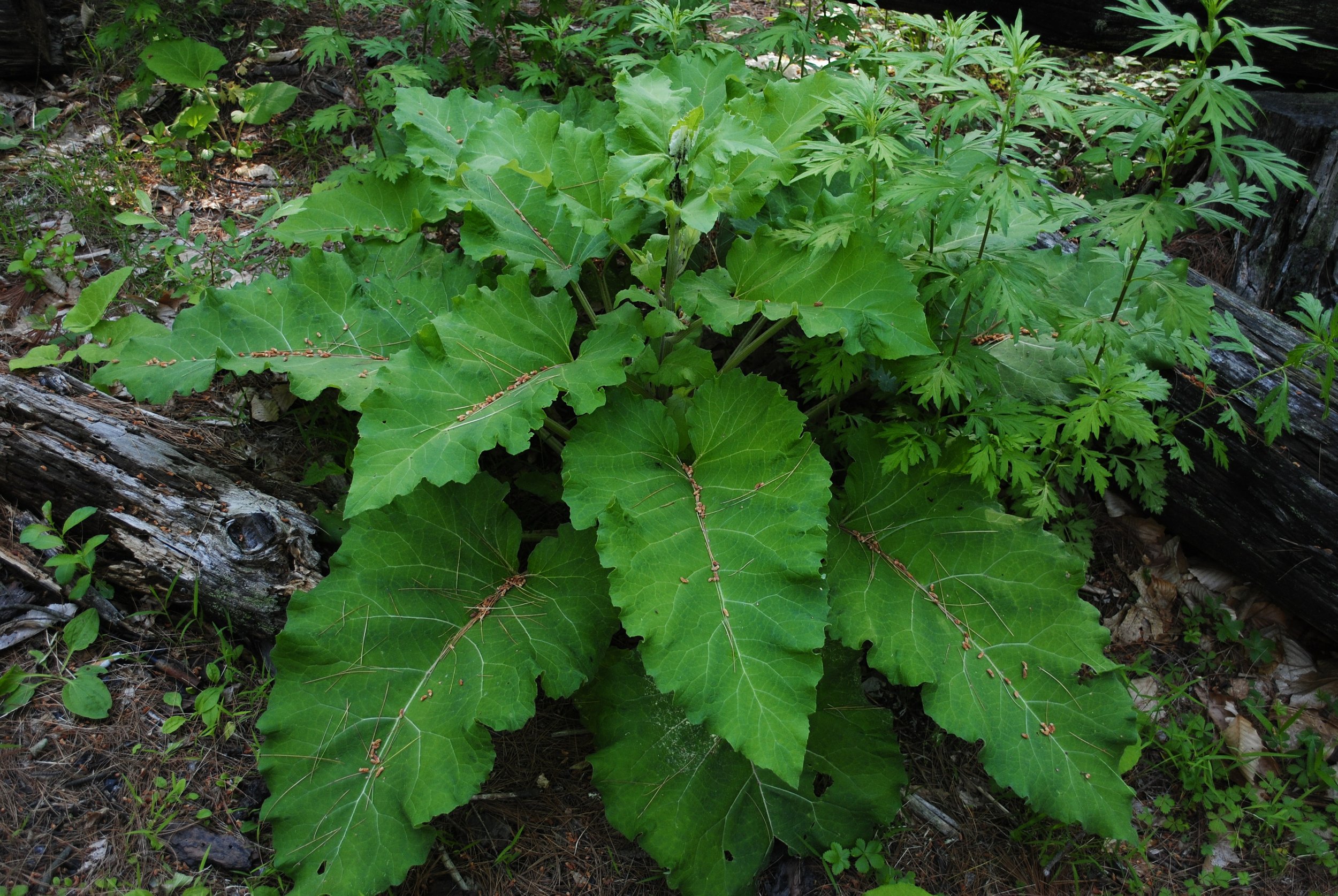

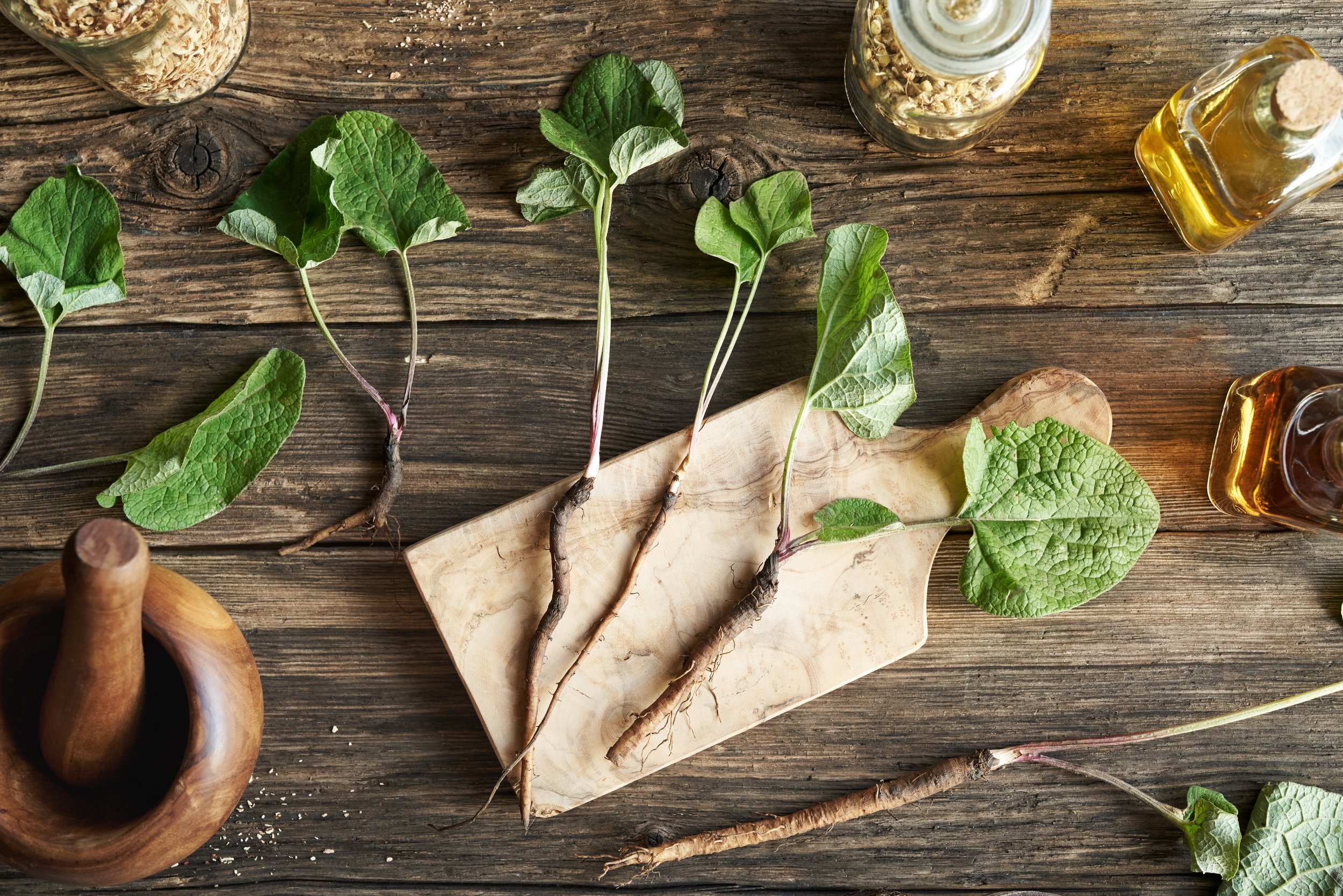
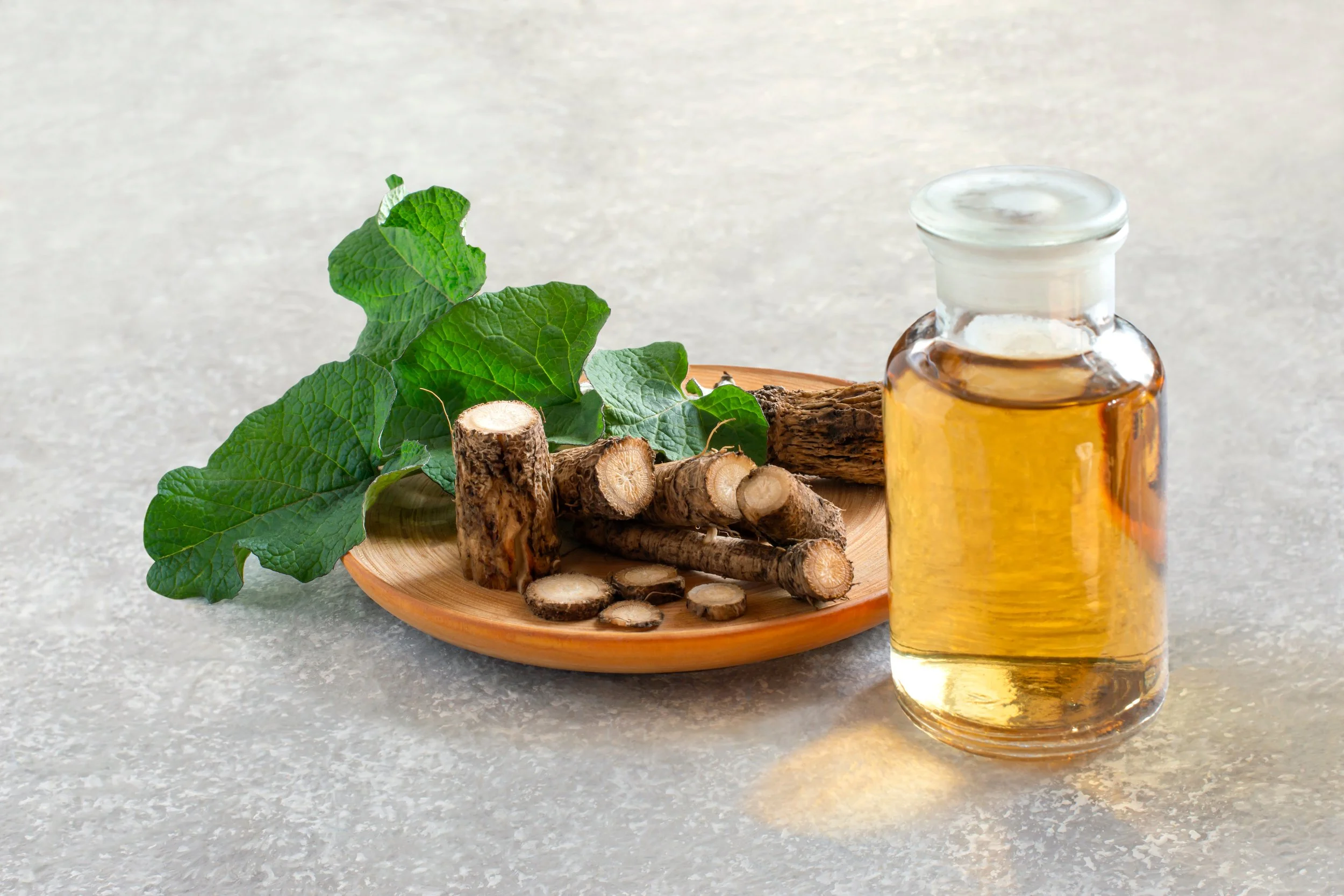






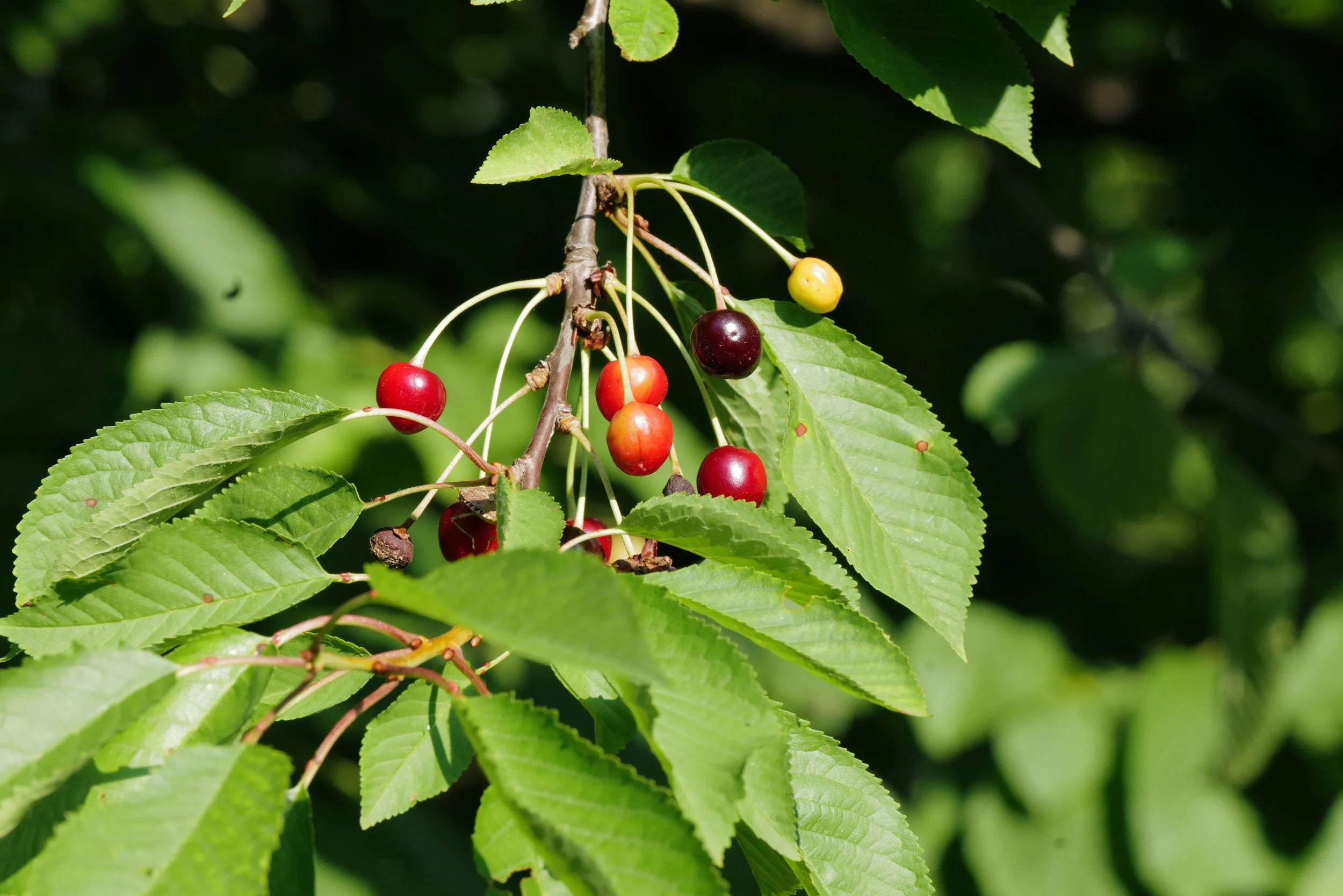
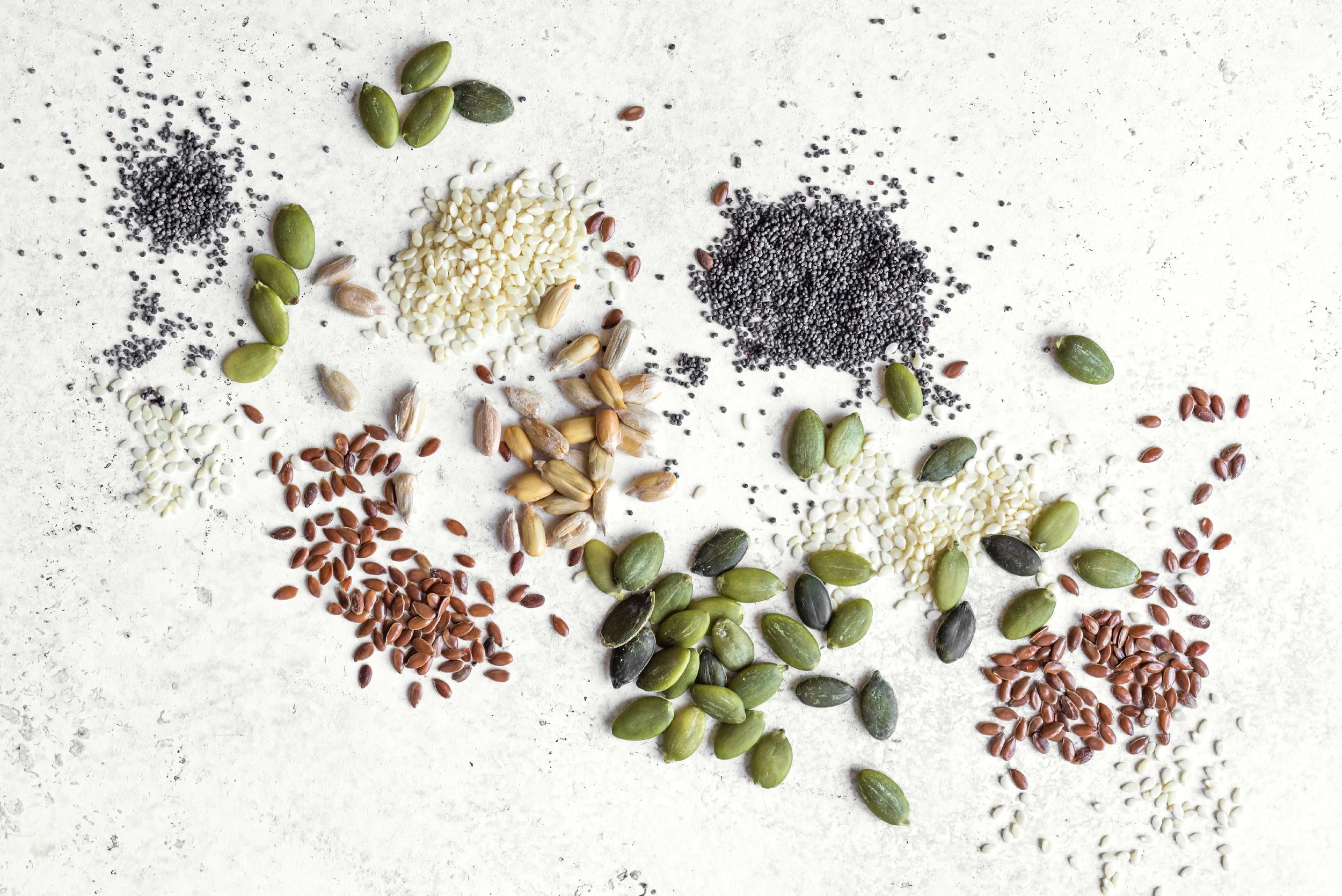
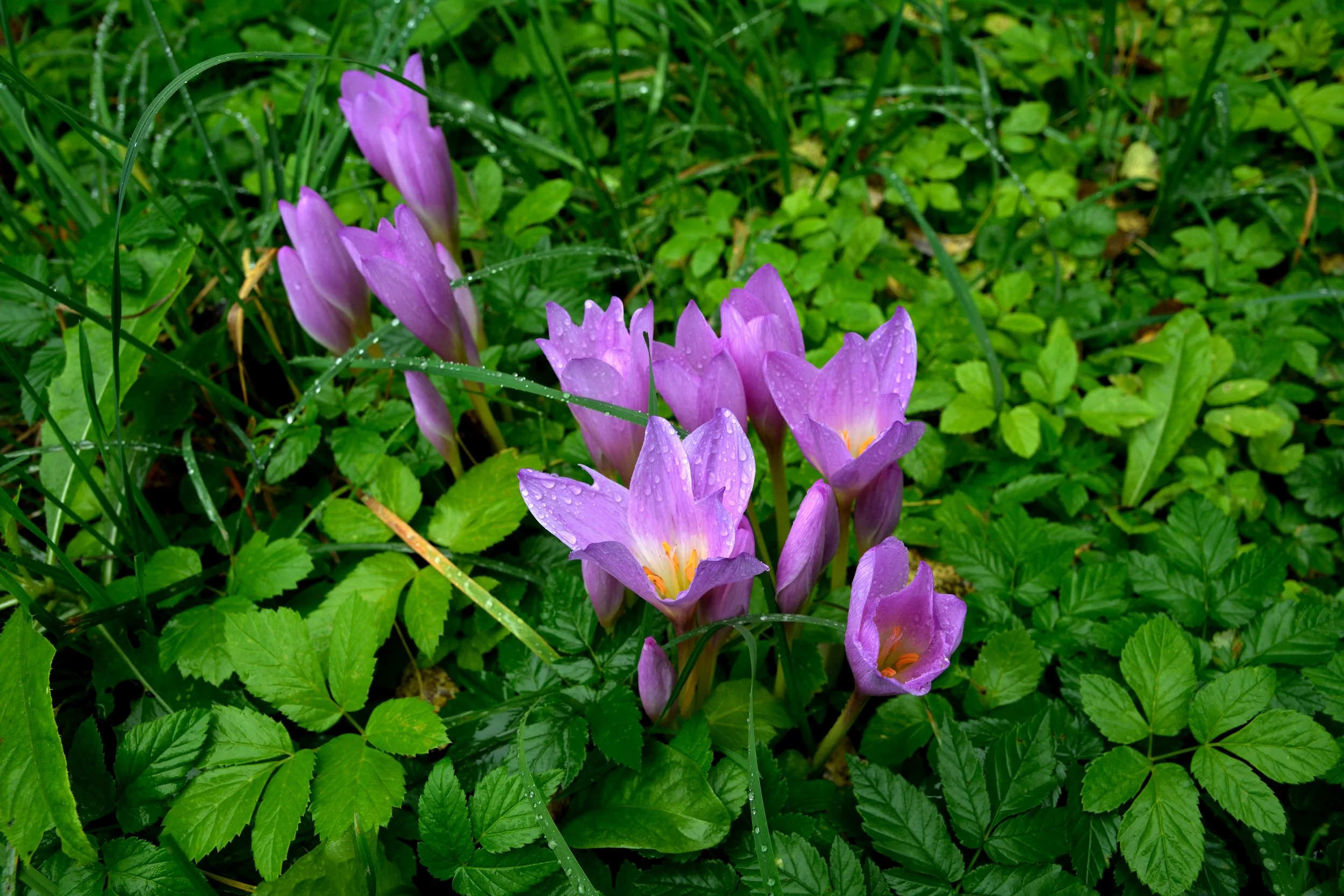
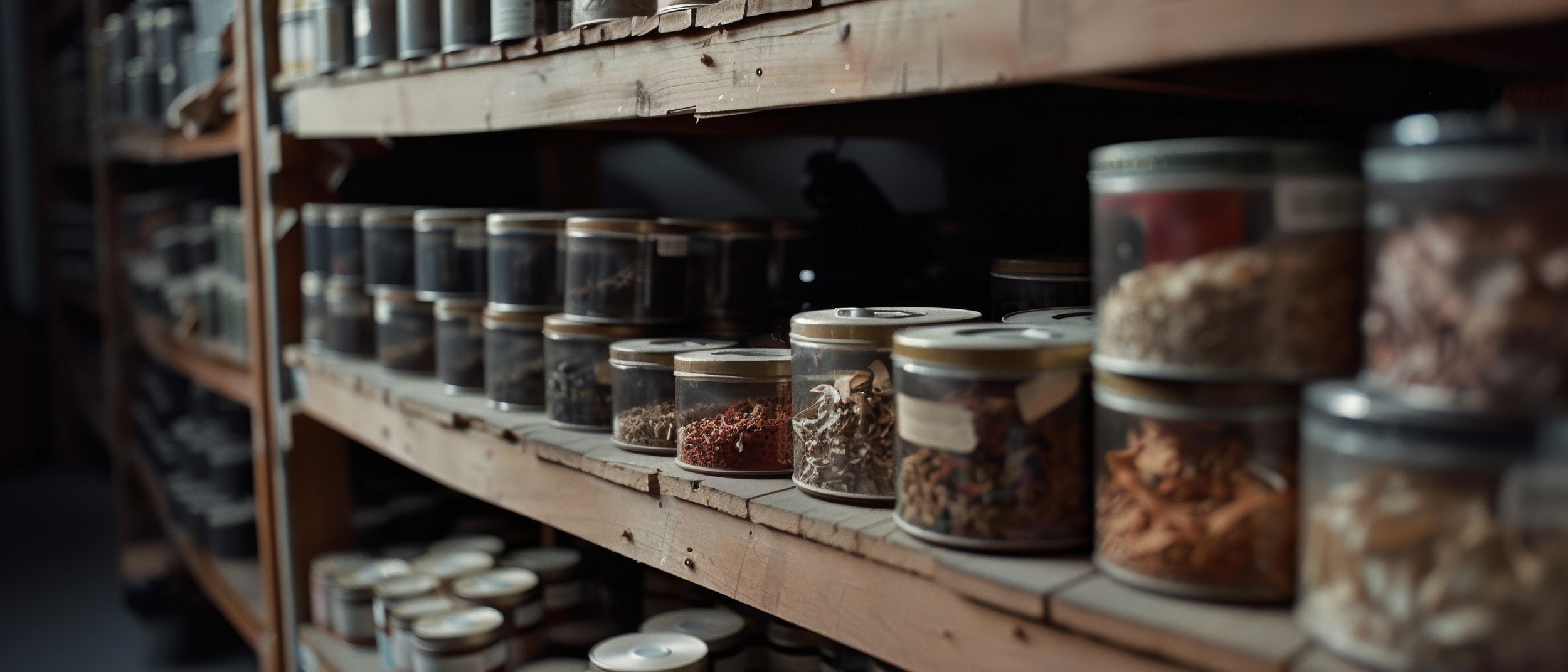

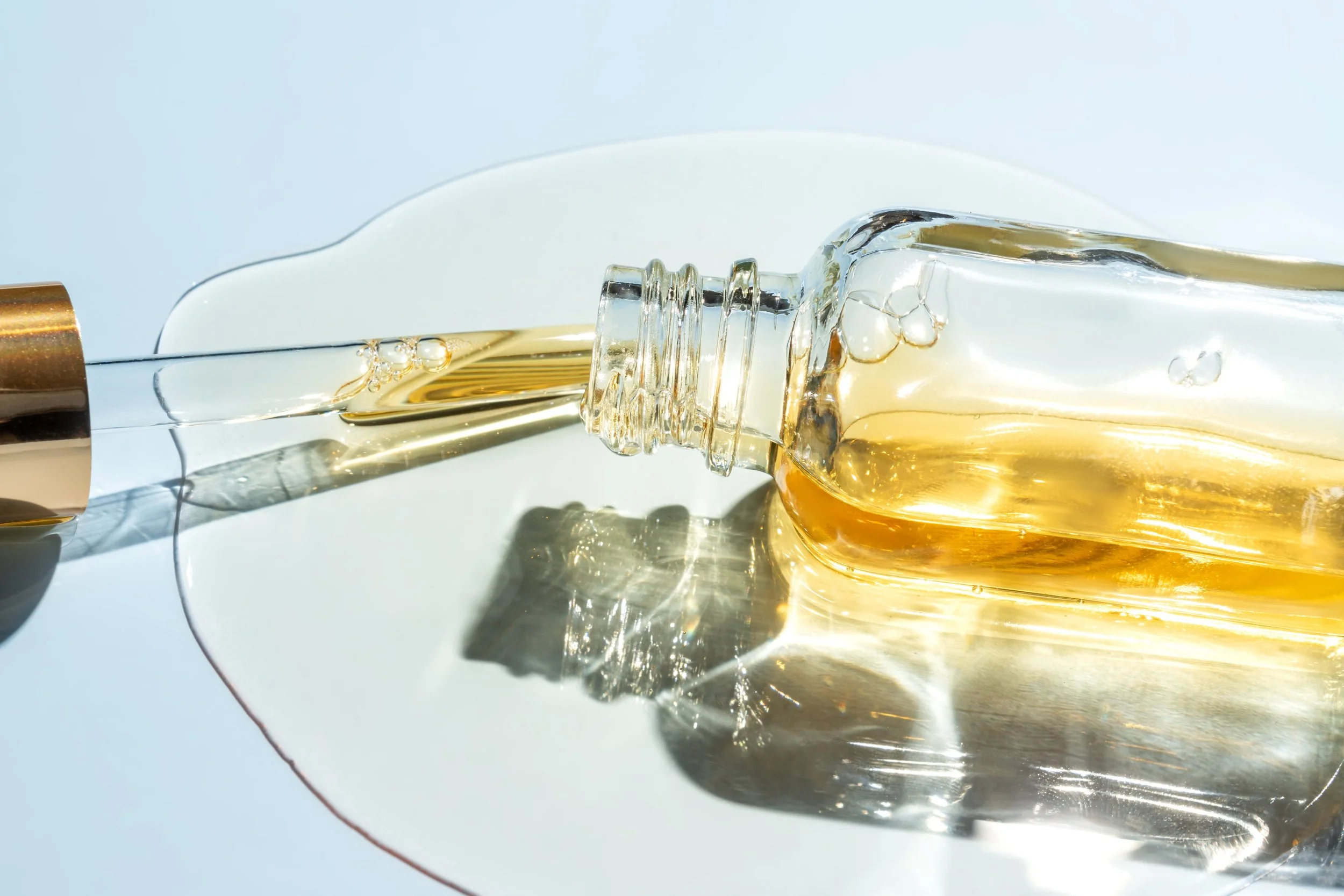
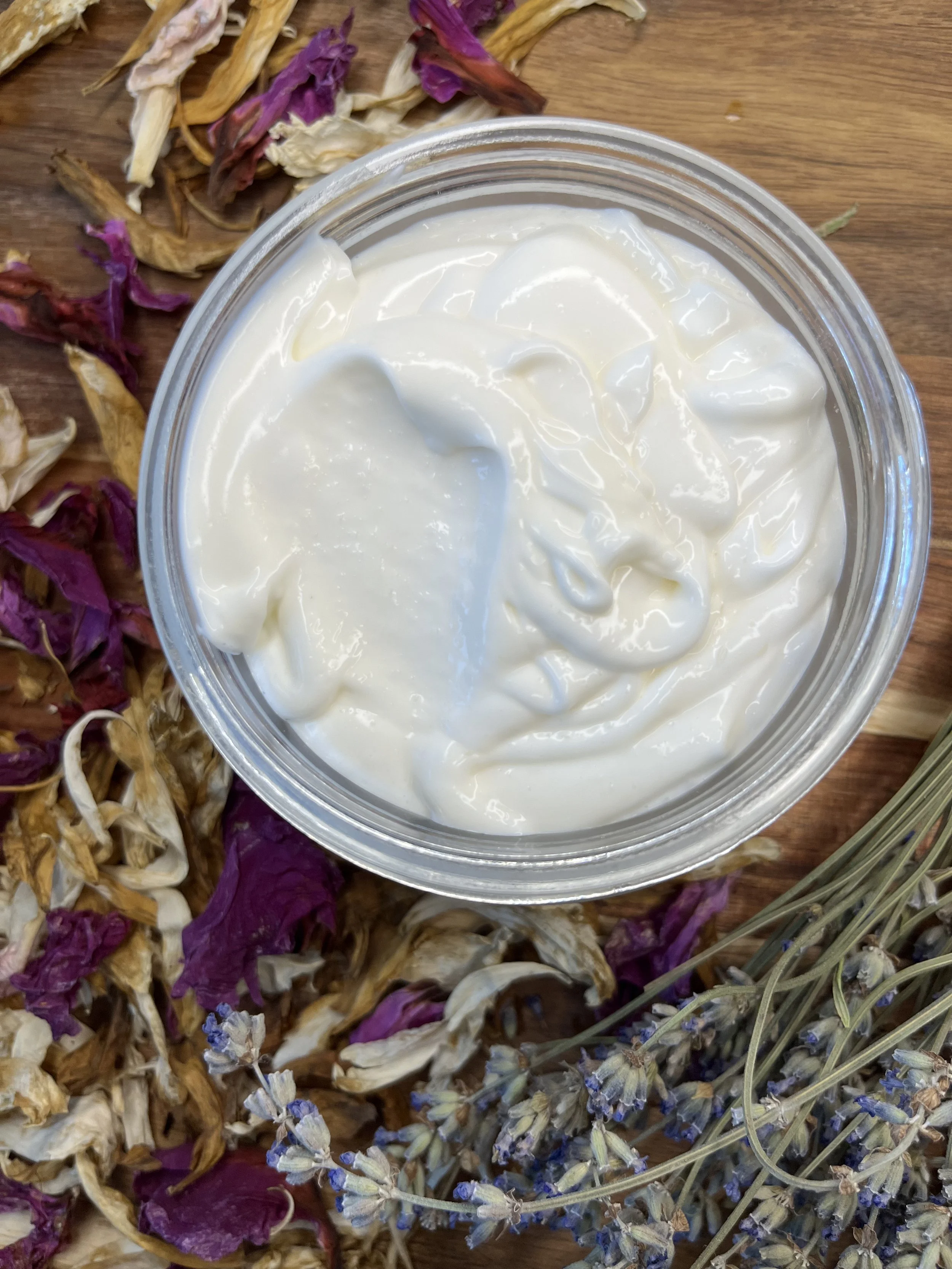
Hello and welcome! I'm Eve, a Chemist turned Herbalist, sharing the wonders of plant medicine and botanical skincare. Join me on this journey to Learn, Create, and Align your Divine!